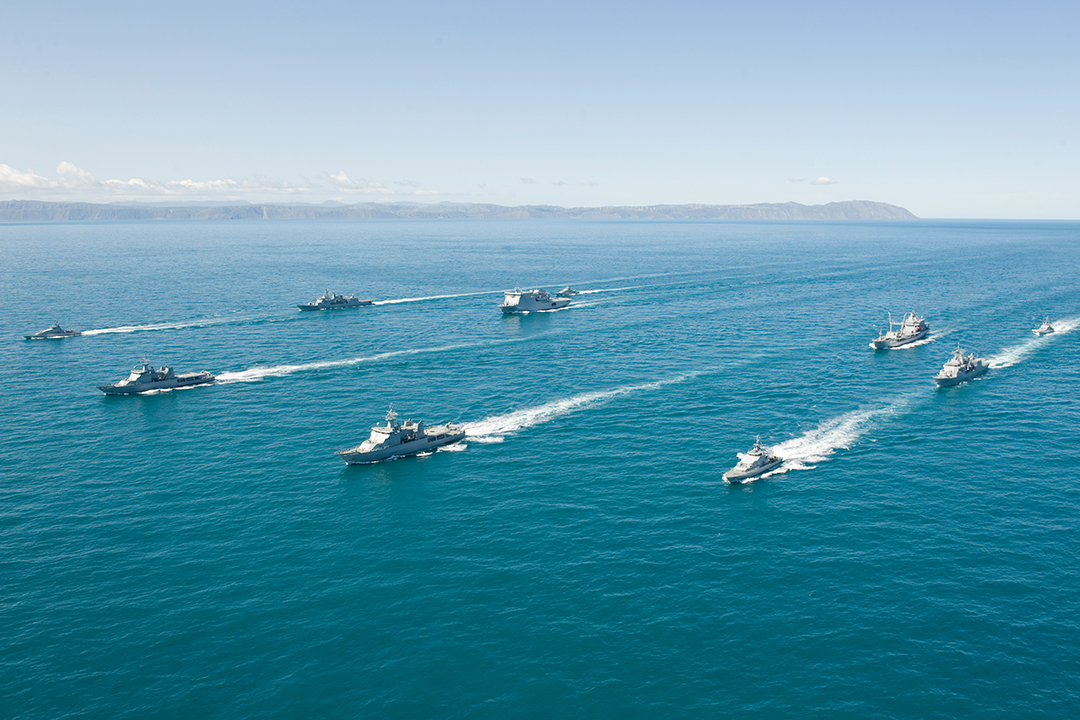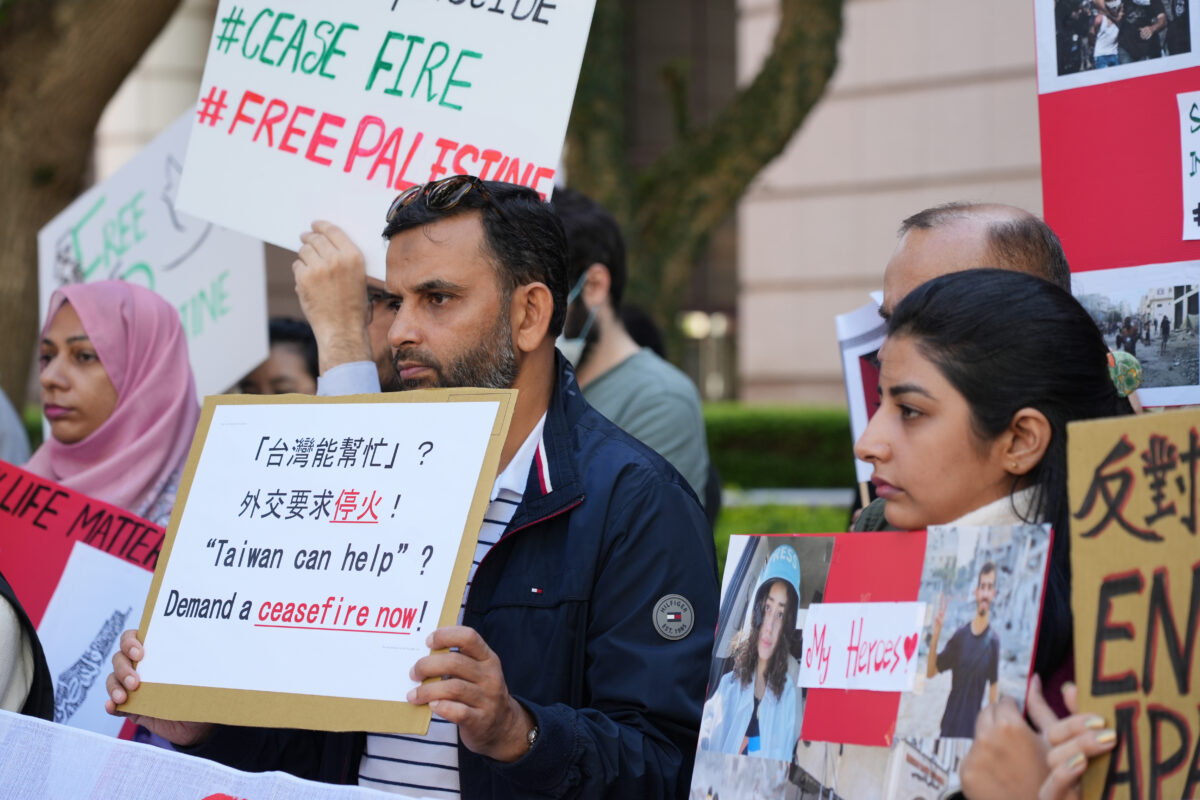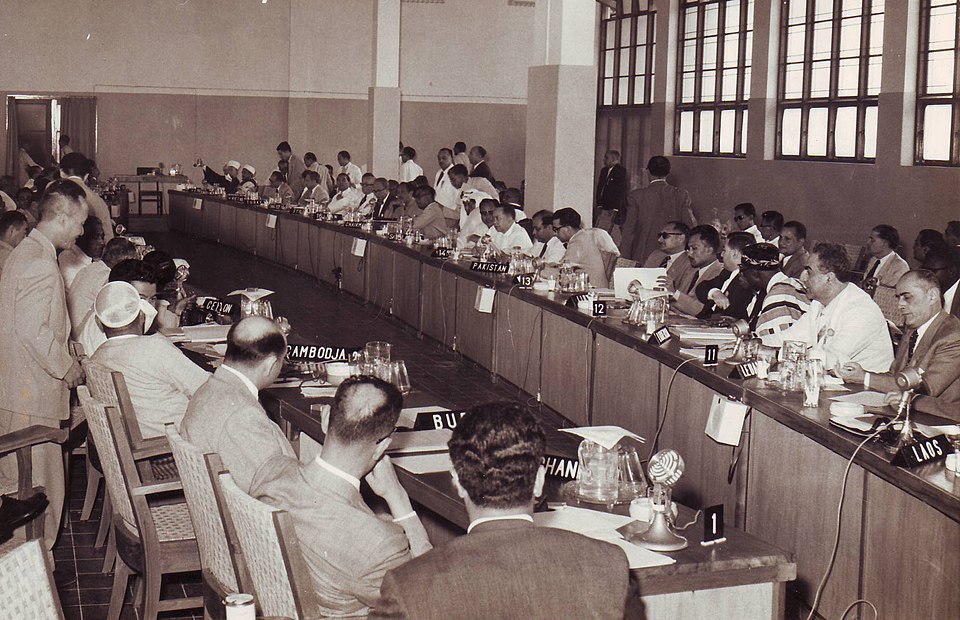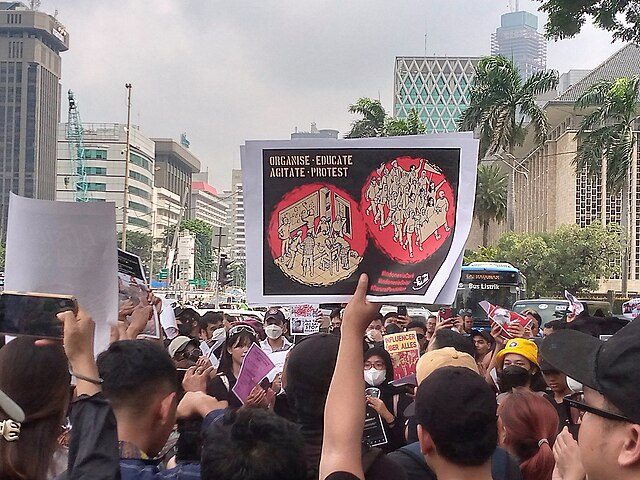The United States avers that its focal pivot to Asia was triggered by China’s ambition to rule the world. The goal of constructing this China bogey is justifying Washington’s aim to regain global hegemony from the current reality of a multi-polar world. In doing so, the USA takes off its imperialist “champion of democracy” mask and lays bare its hegemonist policy, in line with the vain attempt to reverse the strategic decline of the American empire and re-establish itself as the world’s sole superpower.
The USA expected that in the aftermath of the dissolution of the socialist camp, with China joining the WTO in 2001 and the Russian Federation following in 2012, it would dominate the capitalist world with the two former socialist states in its pocket. But in the years to come, China and Russia would challenge US dominance in the global capitalist competition.
US pivot to Asia
President Barack Obama‘s East Asia Strategy (2009–2017), also known as the “Pivot to Asia”, represented a significant shift in United States’ foreign policy. It shifted the country’s focus away from the Middle Eastern and European sphere and allowed for heavy investingy and building relationships in East Asian and Southeast Asian countries, especially countries in close proximity to the People’s Republic of China (PRC) either economically, geographically or politically to counter its rise as a rival potential superpower.
The Trump 1.0 administration readjusted policy toward China through FOIP (Free and Open Indo-Pacific) with the “Indo-Pacific strategy”.
The Trump 1.0 presidency did not make significant use of the Pivot to Asia policy as it was mired in the Covid 19 pandemic. Nonetheless, the number of American troops deployed to Afghanistan decreased significantly during Trump’s presidency. By the end of Trump’s term, troop levels in Afghanistan were at their lowest since the beginning of the war in 2001.
Biden declared that the USA needs to “get tough” on China and build “a united front with its partners to confront their rival. He described China as the “most serious competitor” that poses challenges to the “prosperity, security, and democratic values” of the USA.
On 18 September 2022, Joe Biden said US-American forces would defend Taiwan in the event of a Chinese invasion, drawing an angry response from China that said it sent the wrong signal to those seeking an independent Taiwan. This ended decades of strategic ambiguity on the part of the United States..
This was followed by a visit from House Speaker Nancy Pelosi to Taiwan, the highest-ranking American official in 25 years to visit the island. This marked a clear departure from recognition of a “one China” policy.
US war preparation against China
The United States Indo-Pacific Command (USINDOPACOM) is the unified combatant command of the United States Armed Forces responsible for the Indo-Pacific region.
It is the oldest and largest of the unified combatant commands. Its commander, the most senior military officer in the Pacific, is responsible for more than 375,000 service members as well as an area that encompasses more than 100 million square miles (260,000,000 km2), or roughly 52 percent of the Earth’s surface, stretching from the pacific west coast of the United States to the waters bordering India’s east coast at the meridian 66° longitude east of Greenwich and from the Arctic to the Antarctic. Formerly known as United States Pacific Command (USPACOM), in 2018, the command was renamed to “United States Indo-Pacific Command” in response to the increasing connectivity between the Indian and Pacific oceans.
US military forces in the Pacific are deploying large numbers of drone weapons and increasing overall force readiness in preparation for a potential 2027 war with China, according to the commander of the Indo-Pacific Command.
The strategic guidance plan calls on the Navy to increase its warfighting power “in the fastest time,” according to a Navy fact sheet, with the key goal of preparing “for the possibility of war with the People’s Republic of China by 2027.”
Trump 2.0 aggravates geopolitical conflict
In a desperate move to arrest the decline of the United States, Trump declared a world-wide trade war through import tariffs in what he hyped as “Liberation Day” on April 2, 2025. This triggered reciprocal adverse reactions from other countries, friends and foes alike, against the US.
The Yale Budget Lab estimates that Trump’s tariffs will reduce the USA economic growth – which was 2.8% in 2024 — by 0.9 percentage points this year.
Trump’s tariff offensive is unprecedented in scope and scale. It will increase the weighted average import tariff by 23 percentage points, lifting it above the level of the 1930s.
This sharp protectionist turn in trade policy will certainly trigger retaliation by many countries targeted by the import levies. All of this signals an end to the multilateral global trading system built largely under American leadership in the decades following the Second World War. This system has been under stress for some time, resting on three key pillars: respect for relatively open markets, a desire to encourage and expand international commerce, and a commitment to “non-discrimination” among trading partners embodied in the “most-favoured-nation” principle.
Today, the USA seeks to accelerate a trend toward “de-globalization and regional fragmentation” that gathered force in the wake of the 2008-09 global financial crisis.
The USA Island Chain Strategy to contain China
The “island chain strategy” is a maritime containment plan first conceived by former US Secretary of State John Foster Dulles in 1951 during the Korean War. It proposed surrounding the Soviet Union and China with naval bases in the West Pacific to project power and restrict sea access.
The “island chain” concept, however, did not become a major theme in American foreign policy during the Cold War, but after the dissolution of the Soviet Union has remained a major focus of both American and Chinese geopolitical and military analysts to this day. For the United States, the island chain strategy is a significant part of the force projection of the United States military in the Far East. For China, the concept is integral to its maritime security and fears of strategic encirclement by US armed forces. For both sides, the island chain strategy emphasizes the geographical and strategic importance of Taiwan.
Taiwan has a very high potential of becoming a US proxy battleground against China in Asia. It could trigger not only a war between the US and China, but probably a global war.
Over the past two decades, a trend has emerged where United States partners and allies look outside of their bilateral relationship with the United States and pre-existing multilateral bodies to join ad-hoc networks. This includes the revived Quadrilateral Security Dialogue (Quad) consisting of Japan, India, Australia, and the United States, encompassing two separate US treaty alliances. Similarly, the tripartite pact AUKUS connects the US-UK transatlantic alliance to the US-Australia alliance in the Indo-Pacific. This could be the beginning of an Asian version of NATO.
US EDCA bases in the Philippines
This year marks a decade of the Enhanced Defense Cooperation Agreement (EDCA), a treaty that allowed the re-establishment of US military bases in the country. Like the earlier lopsided Military Bases Agreement, it gives US forces the freedom to build bases and facilities in the Philippines to station troops and store arms.
At present, the USA maintains 9 EDCA military bases within the Armed Forces of the Philippines (AFP) military bases, in strategic locations in the Philippines facing Taiwan and the South China Sea.
EDCA is a circumvention of the Philippine ban on foreign military bases in the country—on September 16, 1991, the Philippine Senate decided to end years of foreign military presence in the Philippines.
The outright re-establishment of US military bases in the country and its relentless and escalating war games on land, in the sea and air are flagrant manifestations of US imperialist domination of the Philippines. This further tightens the grip of US imperialism on the Philippine neocolonial state, especially on the puppet Armed Forces of the Philippines (AFP).
Imminent threat to the Philippines of being dragged into a hot war between the US and China
On April 1, 2025 AFP Chief of Staff Romeo S. Brawner, Jr. instructed military forces in northern Philippines to start “planning for action” in the event of an invasion of neighboring Taiwan, as China started infantry, navy and rocket force exercises around Taiwan as a “stern warning” against separatism.
The AFP is expanding its strategic plan to include Taipei in anticipation of a potential invasion that could inadvertently involve the Philippines, declared the AFP Chief of Staff on the anniversary of the military’s Northern Luzon Command.
US Secretary of Defence Pete Hegseth flew to Tokyo from Manila, where he announced that the US intends to send additional capabilities to the Philippine military, including the Navy-Marine Expeditionary Ship Interdiction System, or NMESIS. First announced in 2021, NMESIS is a system of mobile precision strike batteries, missiles mounted on the chassis of a Joint Light Tactical Vehicle tent annual military exercise between the USA and the Philippines.
The Marcos regime portrays itself as defender of Philippine sovereignty, even as it allows unrestricted US military presence in the country through lopsided agreements such as the Visiting Forces Agreement and EDCA. It has tied Philippine foreign policy to US foreign policy, with the false claim that the country’s interests are identical to American imperialist interests. It has allowed the Philippines to be used as a tool of the US to escalate tensions with China, instead of aggressively pushing for a diplomatic solution to the dispute in the West Philippine Sea by upholding the arbitral ruling under the United Nations Convention on the Law of the Sea (UNCLOS).
The Filipino people oppose China’s aggressive actions and illegal claim to 90% of the South China Sea. Nonetheless, it is in the best interest of Filipinos to oppose the United States of America using the country’s legitimate dispute with China as pretext for greater military intervention in the region, pushing the Philippines away from a peaceful resolution of the dispute through diplomatic means and closer to armed confrontation in sevice of imperialist goals. Then and especially now, Washington is the main driver of conflict in the region.
Imperialism, primarily US imperialism, should be exposed and opposed in the struggle for genuine freedom and democracy in the Philippines. Filipinos should stand in solidarity with the peoples of the world who fight the US war machine—from Palestine to the Philippines.




